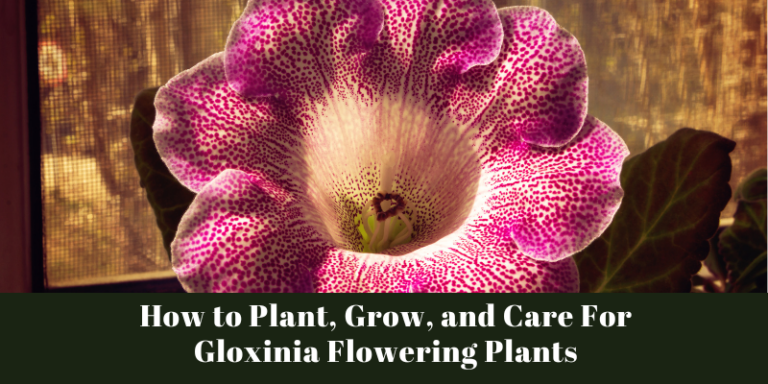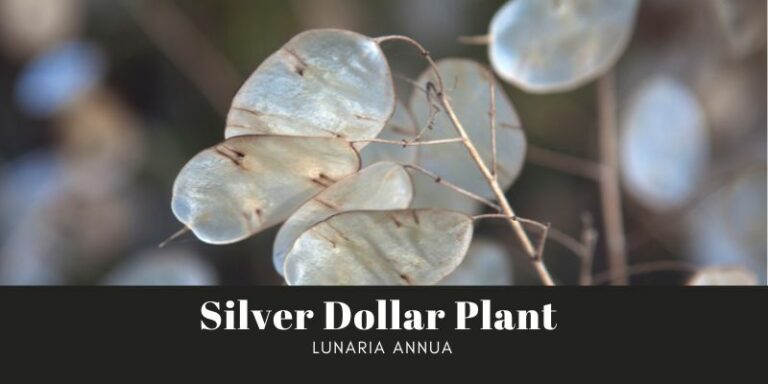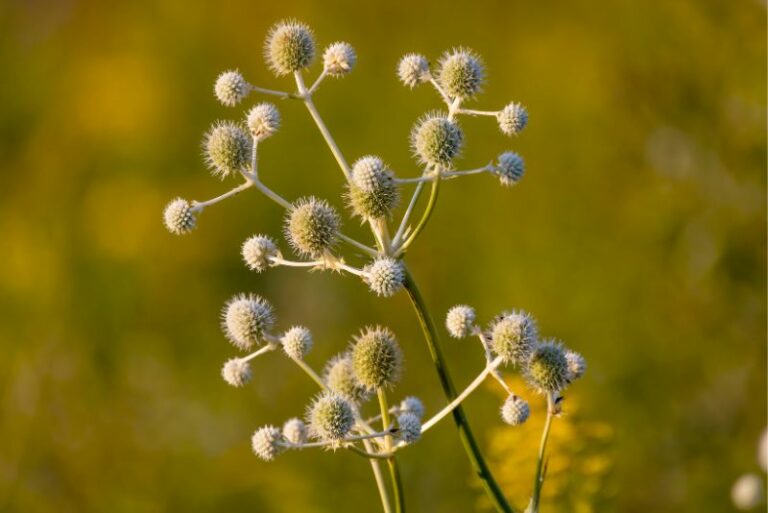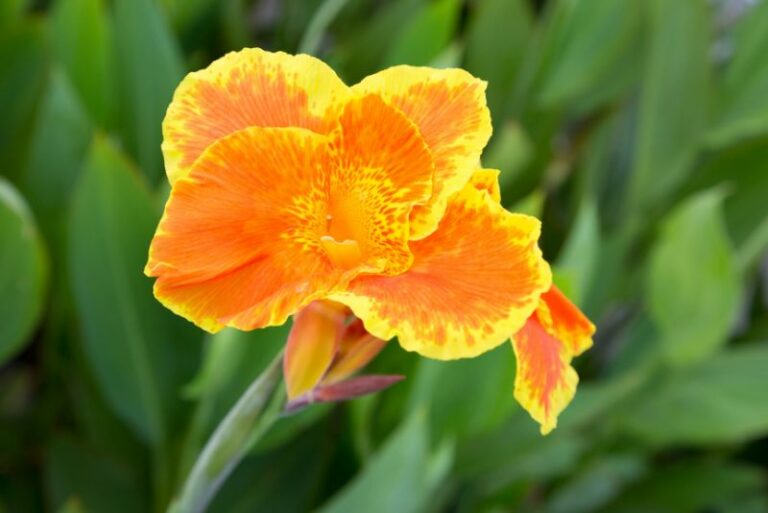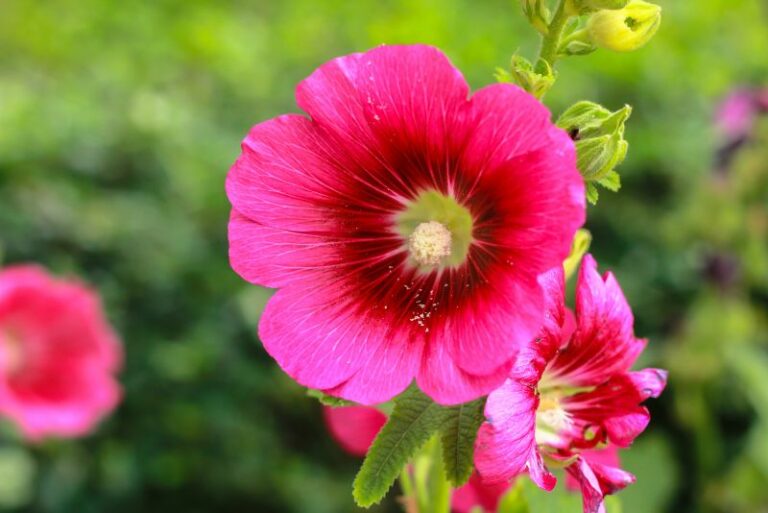Are Chrysanthemums Annual, Biennial, or Perennial Plants?
Nestled in the heart of many a gardener’s plot, chrysanthemums are an emblem of vibrancy and the changing seasons. Commonly referred to as “mums,” these ornamental flowers have a rich history in various cultures and a prominent place in horticultural landscapes. As you’re tending to your greenery, you might be wondering about the nature of chrysanthemums: Are they annuals, biennials, or perennials? In this comprehensive guide, we’ll explore the fascinating world of chrysanthemums and help you understand their life cycle, care, and diversity. If you’re a gardening enthusiast or simply someone who loves plants, read on to deepen your understanding of this beloved flower.
Understanding Chrysanthemum Plant Classification
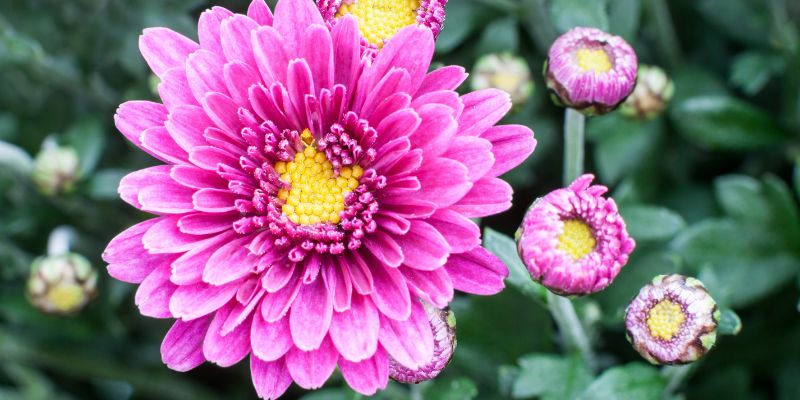
Before we delve into the details of chrysanthemums, let’s lay the groundwork by understanding the different plant classifications they could fall under.
- Annual Plants: These plants complete their life cycle, from seed to flower to seed, within a single growing season. They are known for their ability to set copious amounts of seed and thus, reproduce prolifically.
- Biennial Plants: Biennials have a two-year life cycle. They grow leaves the first year and flowers, fruits, and seeds the second year before dying. Some biennials may even appear as perennials if the plants reseed themselves effectively.
- Perennial Plants: Unlike annuals and biennials, perennials can live for several years. They bloom seasonally but don’t die after flowering; instead, their foliage often renews annually.
So, where do chrysanthemums fit into this taxonomy? Let’s uncover the truth about these enchanting blossoms.
Gardening Chrysanthemum Care
Chrysanthemum care is as varied as the plant’s many species and cultivars. Whether you have hearty mums that flower every few months or more delicate varieties that grace your garden for a short, but intense, spurt, tailoring care to their life cycle is key.
Nurturing Annual Chrysanthemums
Should you opt for growing annual chrysanthemums, prepare for a colorful one-season show. Plant these mums in well-drained soil in a location that receives full sun to partial shade.
- Soil Preparation: Before planting, enrich the soil with compost to improve drainage.
- Fertilization: Regular fertilization is vital to support the plant’s rapid growth and flowering. Use a balanced fertilizer every 4–6 weeks.
- Watering: Keep the soil evenly moist, but not waterlogged, to prevent root rot.
- Pruning: Pinch back the plant’s tip before it blooms to encourage bushy growth and maximize flower production.
- Pest Control: Keep an eye out for pests, such as aphids, and use organic or chemical control methods as necessary.
Tending to Biennial Chrysanthemums
Biennial chrysanthemums require a bit more patience but offer a rewarding return during their second year.
- First Year Care: In the first growing season, the focus is on healthy foliage. Plant in a sunny location, and water and fertilize as you would an annual.
- Winter Care: Protect the plant during its first winter with a layer of mulch. In the second year, you’ll want to look for the emergence of flower buds and continue care as needed.
The Timeless Perennials
For those who seek a perennial presence in their gardens, chrysanthemums won’t disappoint.
- Planting and Division: Plant perennial mums in spring for a summer or fall bloom. Divide the plants every few years to maintain vigor.
- Fertilization: Fertilize perennials in early spring with an organic, slow-release fertilizer.
- Watering: Consistent watering is essential, especially during dry spells and in the period leading up to the first frost.
- Pruning: Shear back dead foliage in early spring and after the first killing frost. This practice encourages the plant to put energy into new growth.
- Overwintering: Depending on your hardiness zone, consider mulching or applying a protective cover to help the chrysanthemum survive the colder months.
Gardening mums can be both versatile and demanding. As with any plant, attentive care will yield the best results, allowing these stunning flowers to thrive and add a burst of color to your landscape.
Perennial Chrysanthemum Varieties
The world of perennials holds a treasure trove of diversity, and chrysanthemums are no exception. Here are a few perennial chrysanthemum varieties to consider as you plan your garden:
- Korean Mums (Chrysanthemum ‘Single Apricot Korean’): These robust mums are a picture of autumn with their apricot-colored daisy-like flowers.
- Shasta Daisy (Leucanthemum superbum): This American native is a classic of the daisy clan, with its white petals and yellow disc florets.
- Painted Daisy (Chrysanthemum coccineum): Clusters of red, pink, or purple blooms make this a standout in any garden.
- Mongolian Daisy (Chrysanthemum pacificum): Silver foliage sets off its cheery yellow daisy flowers, creating a lovely contrast.
These are just a few selections among the multitude of perennial chrysanthemums. Explore what grows well in your region and suits your design preferences to create a personalized perennial paradise in your backyard.
In Conclusion
Now that you have a deeper understanding of the chrysanthemum’s life cycle and care requirements, it’s time to put this knowledge into practice. Whether you have a dedicated perennial bed, a biennial patch, or are planning an annual spectacle, chrysanthemums offer a palette of possibilities. Experiment with different varieties, embrace the nuances of their life cycles, and enjoy the beauty they add to your outdoor space. Remember that the journey of plant care is as rewarding as the destination of blooming flowers, and each season brings new wisdom for tending the garden of life

